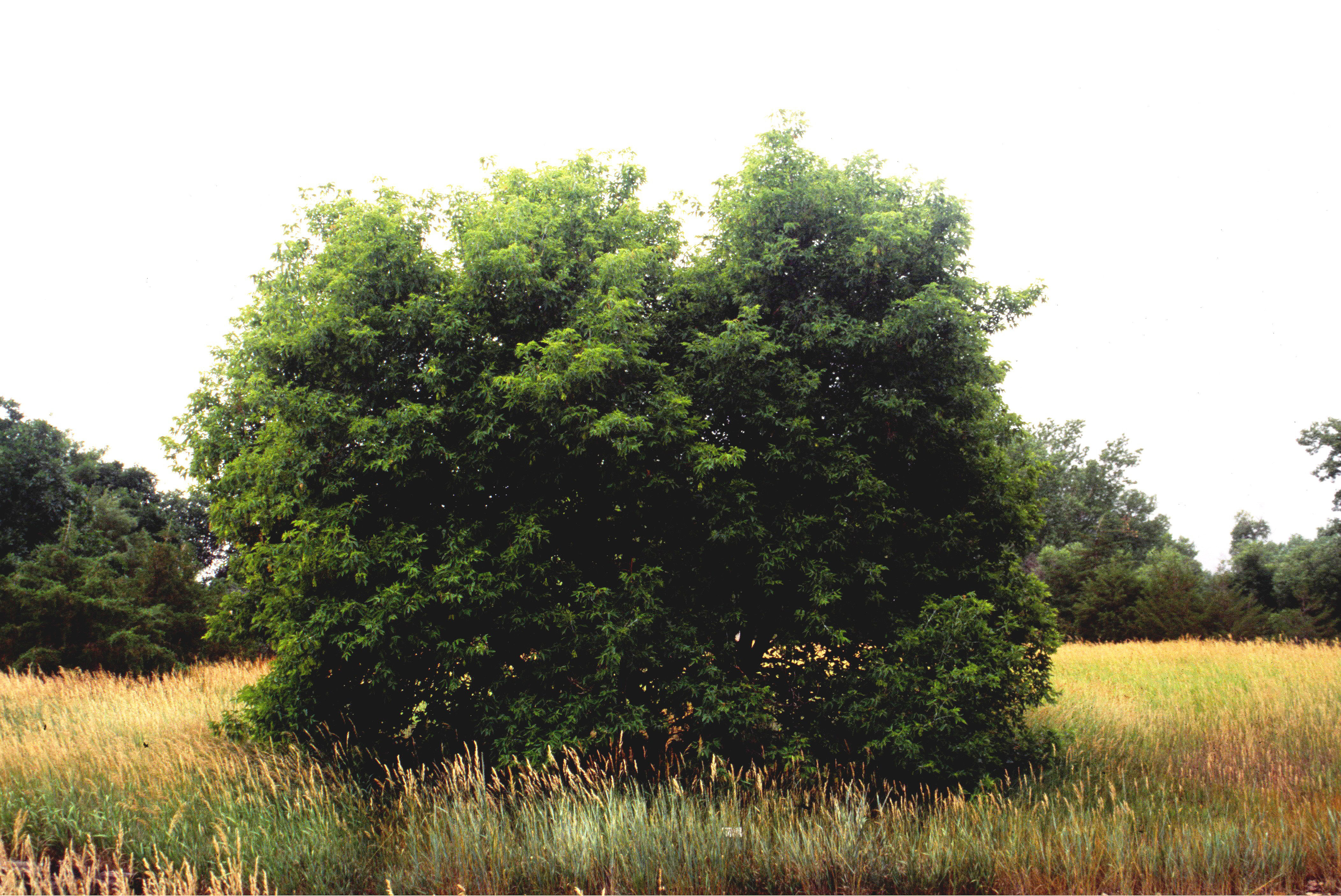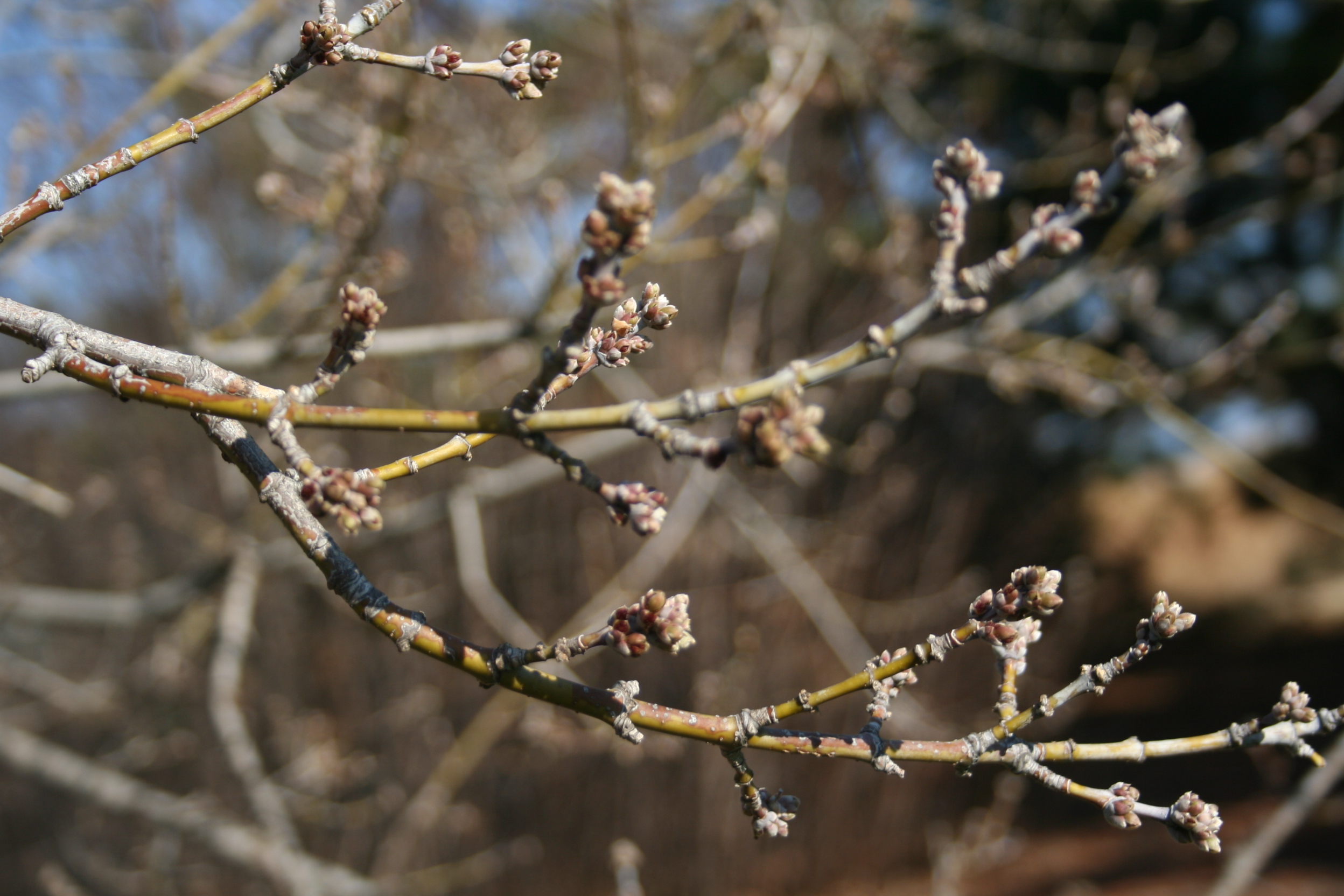Maple, Boxelder
Acer negundo, Deciduous
Boxelder maple is one of the widest occurring trees across North America, extending from Mexico well into Canada and from the east coast of the US to the west coast.

Where To Grow

Size at Maturity
| Tree Height | Tree Spread |
| 25-40' | 25-35' |
Tree Characteristics
Boxelder is unusual for a maple in that it possesses pinnate (compound) leaves, each with 3-5 leaflets that resemble poison ivy. The common name “boxelder” refers to the use of its wood in box making and that its leaves somewhat resemble those of elder. Unlike other maples, the tree is dioecious, meaning there are separate male and female trees.
Wildlife Benefits
The tree is an important wildlife tree providing food and habit for a wide range of birds and insects, including the boxelder bug, which feeds on female flowers.
Interesting Facts
Boxelder produces sap that has a high sugar content—meaning you
can tap the tree to produce your own syrup!
References
- Tips for planting success
- NRCS Plant Guide
- Developed by Justin Evertson, Kyle Martens, and Denise Wally
